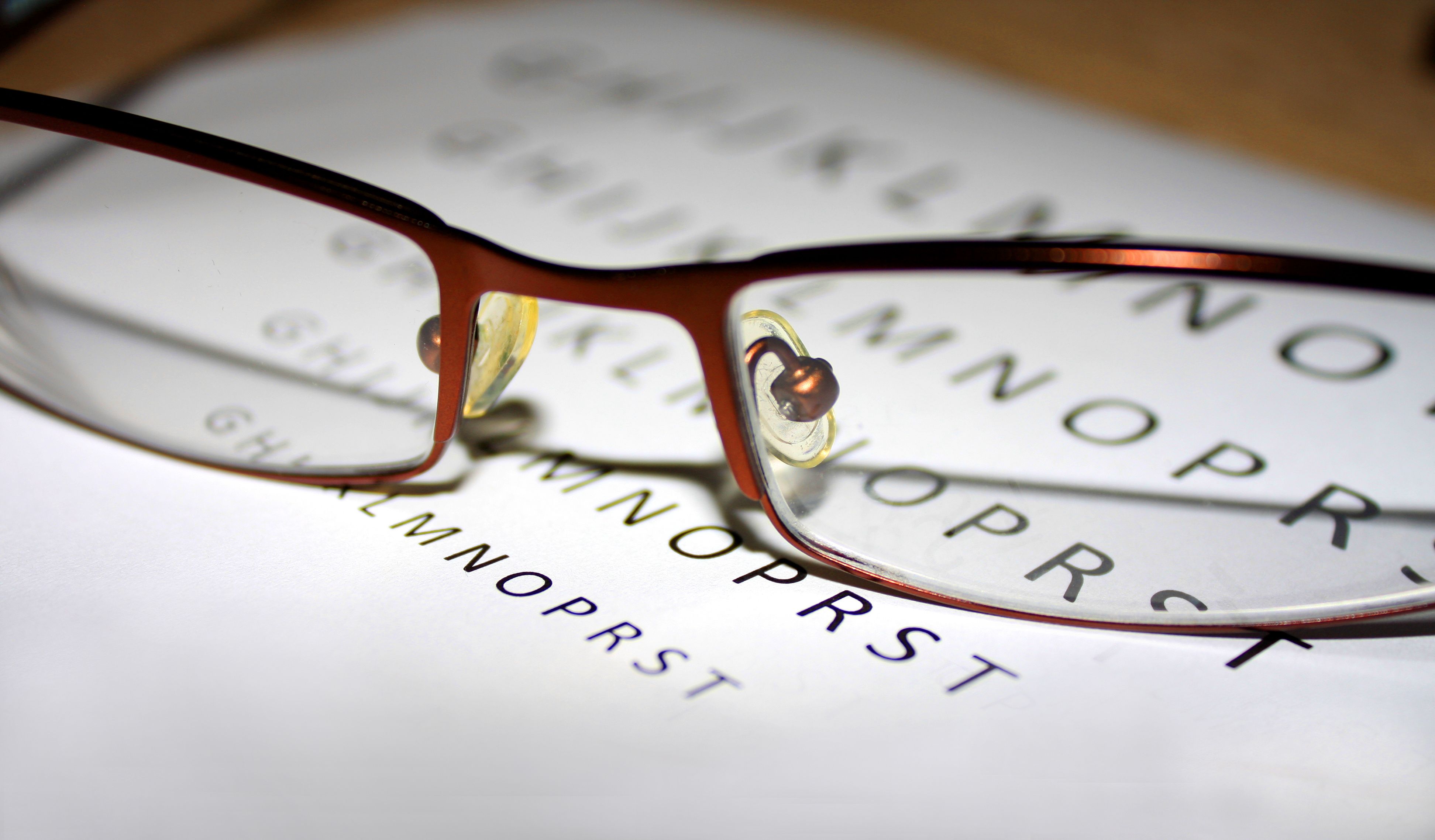Article
Atropine 0.01% Not Associated With Slowing Myopia Progression
Author(s):
A study that focused on children aged 5 to 12 years who lived in the United States found no difference between atropine 0.01% and placebo in treating myopia progression.
Atropine 0.01% was no more effective in slowing myopia progression compared with a placebo, according to a new study published in JAMA Ophthalmology. The study focused on children aged 5 to 12 years who lived in the United States.
In the United States, more than 44 million people are estimated to have myopia by 2050, with the prevalence also increasing worldwide. Atropine eye drops have been used to slow the progression of the disease, but most trials that evaluate their effectiveness take place outside of the United States. This study aimed to report the efficacy of atropine 0.01% compared with a placebo over 2 years.
The study was conducted from June 2018 to September 2022. Children were eligible if they had myopia of –1.00 diopter (D) to –6.00 D spherical equivalent refractive error (SER), astigmatism of 1.50 D or less in both eyes, and anisometropia of less than 1.00 D. Axial length, flat corneal radius, anterior chamber depth, and lens thickness were all measured. Participants were White (46%), Black (18%), Hispanic or Latino (16%), and East Asian (11%). The mean (SD) age was 10.1 (1.8) years, and 54% were female. Mean SER at baseline was –2.83 (1.10) D, and the mean axial length, 24.4 (0.8) mm.
All participants completed a 2- to 4-week phase to assess adherence to eye drops before being given the test drops. They were randomly assigned 2:1 to 1 eye drop of atropine 0.01% (n = 125) or placebo (n = 62). All participants were tasked with taking 1 dose nightly for 24 months followed by 6 months of follow-up after the eye-drops were stopped. No other treatments could be taken during this time. Follow-up visits took place at 6, 12, 18, 24, and 30 months following randomization. The primary outcome was assessing the change in cycloplegic SER from baseline to 24 months.
The mean SER was –2.83 (1.17) D in the atropine group and –2.83 (0.97) D in the placebo group at baseline. This changed to –3.64 (1.46) D in the atropine group and –3.54 (1.08) D in the placebo group after 24 months. The adjusted mean change in axial length from baseline to 24 months was 0.44 (95% CI, 0.39-0.50) mm in the atropine group and 0.45 (95% CI, 0.37-0.52) mm in the placebo group.
The researchers found a mean change in SER at 30 months after randomization of –0.94 (0.77) D in the atropine group and –0.88 (0.71) D in the placebo group. Corresponding mean changes in axial length were 0.51 (0.35) mm and 0.49 (0.32) mm.
Potential limitations on these findings include that there was no objective measure for eye drop use, and the family-reported usage may have overestimated adherence. In addition, the COVID-19 pandemic caused some virtual visits at 6, 12, and 18 months.
The researchers concluded that atropine 0.01% was not effective in slowing myopia progression in children aged 5 to 12 years with low to moderate myopia compared with placebo.
Reference
Repka MX, Weise KK, Chandler DL, et al. Low-dose 0.01% atropine eye drops vs placebo for myopia control: a randomized clinical trial. JAMA Ophthalmol. Published online July 13, 2023. doi:10.1001/jamaophthalmol.2023.2855




